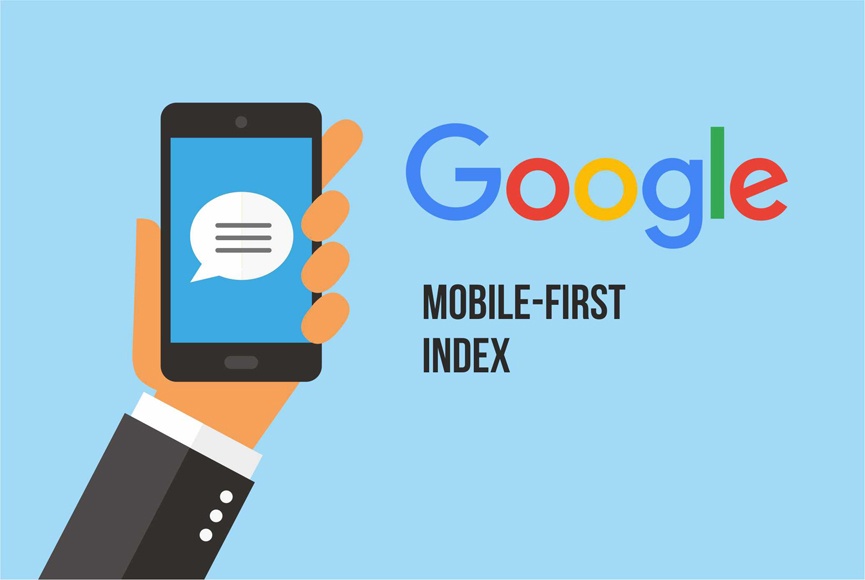The way Google indexes and ranks web pages has changed dramatically with the rollout of the Mobile-First Index. This seismic shift prioritizes mobile content over desktop in search results.
As a leading indicator of where search engine optimization (SEO) is headed, the Mobile-First Index requires rethinking many established best practices.
In this post, we’ll cover what the Mobile-First Index is, how it impacts SEO, real-world examples of its effects, and tips for adapting to this mobile-centric algorithm change.
By optimizing for the Mobile-First Index today, websites can future-proof their search visibility and rankings for the increasingly mobile-dominated web.
What Exactly is the Mobile-First Index?
In a nutshell, the Mobile-First Index means Google will now use the mobile version of a site’s content to index and rank pages, rather than the desktop version.
Previously, Googlebot would crawl the desktop version of a page and use that content to understand and rank the page. The switch to a Mobile-First Index will give precedence to mobile pages and mobile usability signals when determining search rankings.
Google first announced this change in 2016 but has taken a slow and steady approach to rolling it out. As of March 2021, Google confirmed the Mobile-First Index is now used for over 90% of web pages.
Why is Google Switching to a Mobile-First Index?
There are a few key reasons why Google is making this switch:
Mobile usage continues to grow – More people are accessing the web via mobile than ever before, and Google wants its index and rankings to reflect how people actually search and browse on mobile devices.
Pages can vary greatly between desktop and mobile – Some pages display very differently on mobile versus desktop. Switching to a mobile-first index allows Google to base rankings on what mobile users see.
Improves the mobile search experience – By indexing the mobile version of pages, Google can better understand the content and provide the most relevant results to people searching on phones and tablets.
Mobile-friendly sites are favored – Sites that adopt a mobile-first approach will likely see improvements in rankings and visibility. Google wants to incentivize mobile optimization by switching to this new indexing system.
Read More- Google Analytics 4 – Prepare Your Business for the Future of Analytics
The Impact on SEO
Using the mobile version of content for indexing opens up a whole new ballgame for SEO best practices.
Mobile usability is now even more important – Sites need to be mobile friendly, with simple navigation, fast load speeds, and readable content on mobile screens.
Mobile-first design is critical – Separate, dedicated mobile pages and sites may be needed rather than just responsive sites. Content and site architecture decisions should optimize for mobile users first.
Mobile page experience signals matter more – Things like load speed, user engagement metrics, structured data, and accessibility on mobile pages now carry more weight.
Link equity flows differently – Link signals may flow more to mobile pages rather than the desktop or responsive versions of pages. So building links specifically to mobile pages becomes more relevant.
Mobile-first crawling is wider and deeper – Googlebot can now crawl and index sites more completely thanks to improvements in mobile crawling. Sites may find more pages from deep links get indexed.
Page and site consolidation efforts – Having separate mobile pages and sites can cause indexing issues, so consolidating to mobile-friendly responsive sites is recommended.
Mobile page markup matters more – Proper use of tags like hreflang for targeting mobile users, rel-alternate to indicate separate mobile URLs, and annotations like AMP to enable caching all help Google understand the mobile version of pages.
So in summary, nearly every aspect of technical and content SEO Services needs to be optimized for mobile user experience, not just desktop.
When Google first announced this change, many site owners panicked thinking they would completely lose their desktop rankings. But Google has been smart about the rollout.
Here are some things to keep in mind:
- Desktop pages don’t disappear entirely. Google still indexes desktop pages too. But mobile indexing takes priority.
- Rankings won’t change overnight. Google said the shift will take time and be gradual.
- Responsive sites are safe. If the responsive design switches cleanly between desktop and mobile, rankings should not be impacted much.
- Not all sites will be affected equally. Sites with dedicated mobile versions or more mobile search traffic will see bigger changes.
The key for site owners is to audit their website with a mobile-first perspective. Check things like site speed, navigation, markup, link equity flow, etc. Identifying gaps between the desktop and mobile versions that could hurt rankings is crucial.
Read More- Google Analytics 4 – Prepare Your Business for the Future of Analytics

